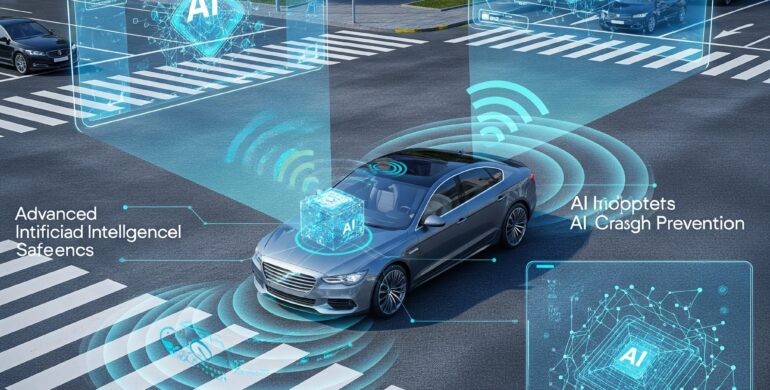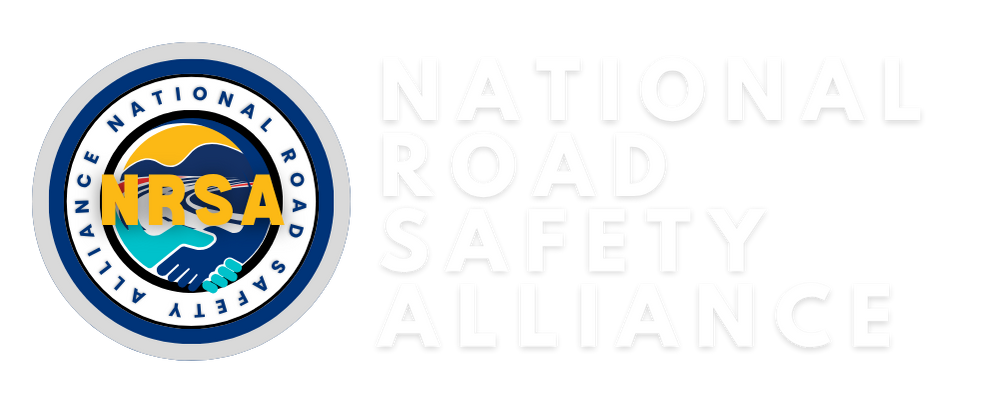In the rapidly advancing world of automotive technology, crash prevention has become one of the most critical areas of innovation. Over the past few decades, efforts to reduce accidents and improve road safety have evolved significantly, shifting from basic mechanical solutions to sophisticated digital systems powered by artificial intelligence (AI). This evolution is not only transforming how vehicles operate but also redefining the relationship between humans and machines on the road.
From Mechanical to Digital: A Historical Perspective
The concept of crash prevention has long been a priority for car manufacturers. In the early 20th century, safety measures were largely mechanical—such as better brakes, seatbelts, and reinforced frames. The introduction of airbags in the 1970s marked a major milestone, and electronic stability control (ESC) in the 1990s began the shift toward digital safety systems.
However, it wasn’t until the 21st century that crash prevention began to fully embrace digital innovation and artificial intelligence.
The Role of AI in Modern Crash Prevention
AI has revolutionized crash prevention by enabling vehicles to analyze real-time data and make split-second decisions that can prevent collisions. These systems use a network of cameras, radar, lidar, and sensors combined with AI algorithms to detect and respond to potential threats faster than human reflexes allow.
Key Technologies:
- Forward Collision Warning (FCW) and Automatic Emergency Braking (AEB): Alert the driver or apply brakes automatically to prevent or mitigate crashes.
- Lane Departure Warning (LDW) and Lane Keeping Assist (LKA): Help prevent unintended lane departures.
- Adaptive Cruise Control (ACC): Maintains safe following distances by adjusting speed dynamically.
- Driver Monitoring Systems (DMS): Use AI to assess driver alertness and attention.
Inventors and Innovators Behind the Tech
One of the pioneering figures in this field is Dr. Ernst Dickmanns, a German engineer who is often credited with developing the foundational technology for autonomous driving in the 1980s and 1990s. His work in dynamic vision and vehicle control laid the groundwork for many AI-based systems in use today.
In terms of modern AI and crash prevention, companies like Mobileye—founded by Prof. Amnon Shashua—have been instrumental. Mobileye’s vision-based collision detection systems are now widely integrated into cars by numerous manufacturers.
Leading Manufacturers in Crash Prevention Technology
Several global automakers and technology firms are at the forefront of crash prevention innovations:
-
Tesla: Uses AI and neural networks for its Autopilot and Full Self-Driving (FSD) systems.
-
Volvo: Known for its industry-leading safety standards, Volvo integrates advanced AI systems for collision avoidance.
-
Toyota: Invests heavily in AI through its Toyota Research Institute to enhance automated safety features.
-
Mercedes-Benz: Incorporates AI into its “Intelligent Drive” system, which includes a suite of crash prevention tools.
-
Nissan and Honda: Utilize proprietary AI systems under their “ProPILOT” and “Honda Sensing” safety suites.
Tech companies like Waymo (a subsidiary of Alphabet/Google) and NVIDIA are also vital contributors, supplying the AI hardware and software platforms that support these systems.
The Purpose: Saving Lives and Shaping the Future
The overarching purpose of AI-driven crash prevention is clear: to save lives. According to the World Health Organization, over 1.3 million people die in road crashes each year. AI has the potential to significantly reduce these numbers by minimizing human error—the leading cause of accidents.
Beyond safety, these technologies aim to:
-
Improve traffic efficiency.
-
Reduce insurance costs.
-
Enable greater mobility for the elderly and disabled.
-
Lay the groundwork for fully autonomous vehicles.
The evolution of crash prevention—from mechanical innovations to AI-powered systems—marks one of the most important advancements in automotive history. With visionary inventors like Ernst Dickmanns and Amnon Shashua, and industry giants pushing boundaries, the road to a safer future is not just a possibility—it’s becoming a reality. As AI and digital innovations continue to advance, the dream of crash-free driving is fast approaching.


